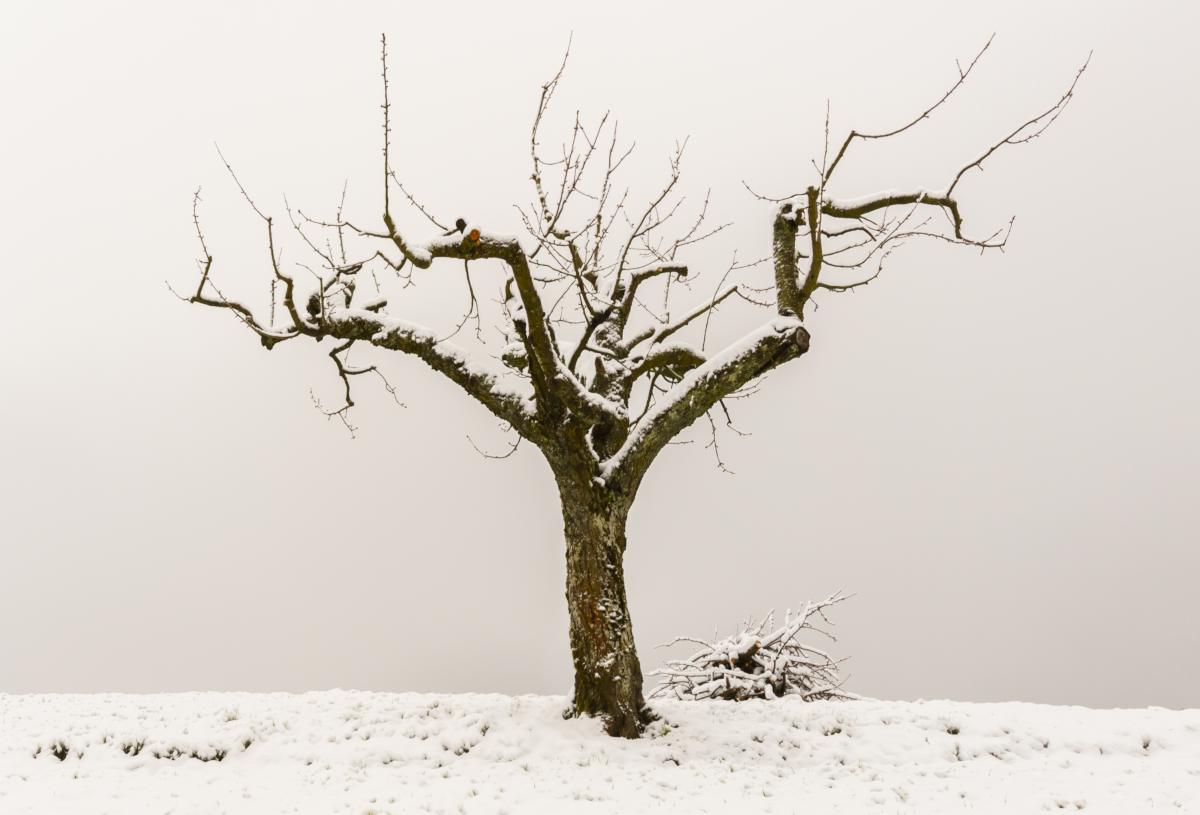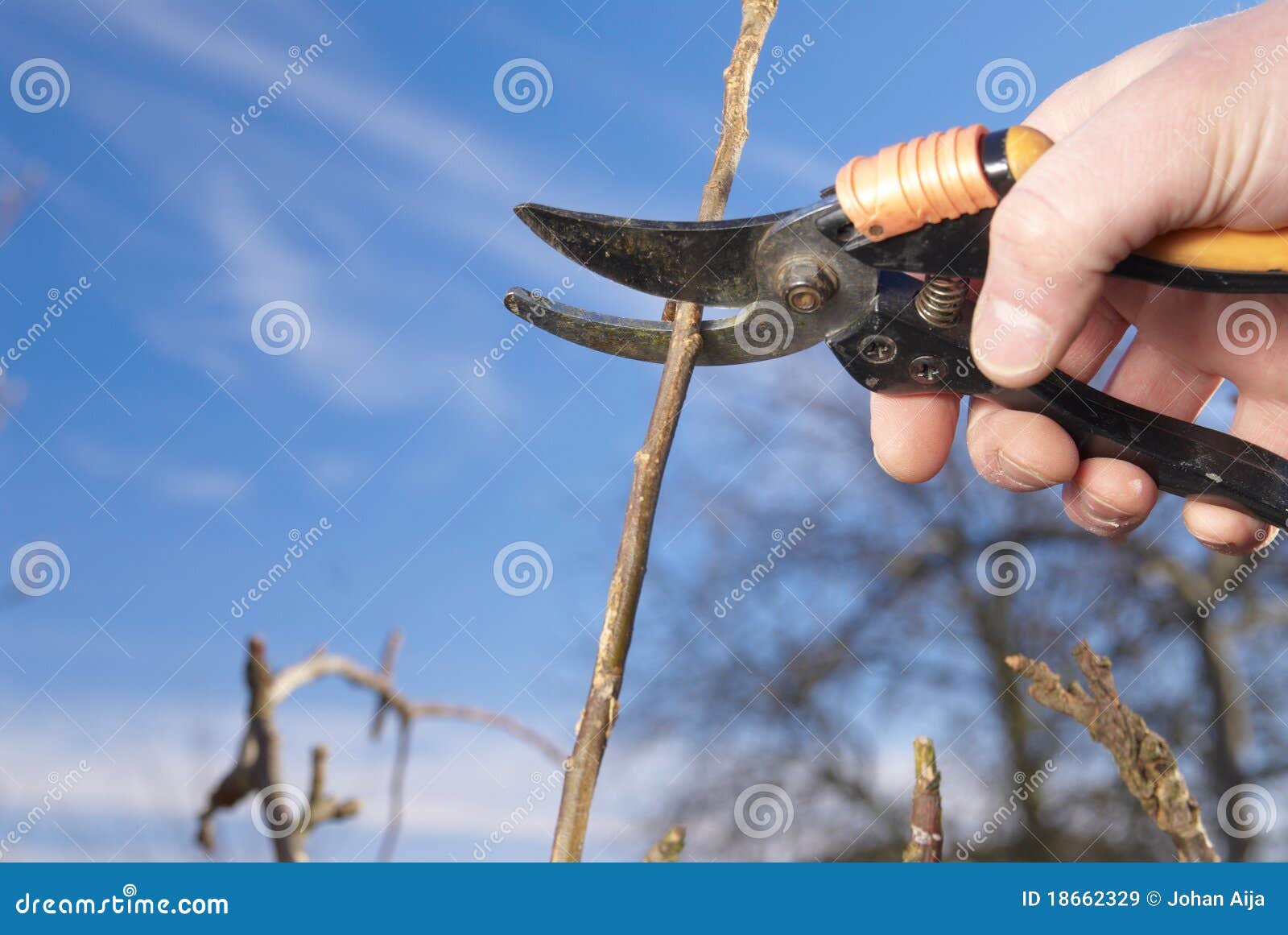

The first of these is definitely the most important, and will be a type of pruning required for all apple trees. Use as part of a regenerative practice (coppicing and pollarding).Ensuring the tree carries fruit in a healthy harvestable way.Removing of buds to reduce leaf or more likely fruit growth.Stimulating the development of fruit buds.Removing unwanted growth including Suckers (from the base/belowground/below the rootstock), epicormic (from a clear trunk), and water shoots(from a dormant/latent bud).Checking growth (stop, remove, brutting, ringing, nicking).Dealing with a nuisance (blocking light, low branch etc).Removing potential failure points (including poor branch-unions).Reduction and thinning to maintain a tree form.Creating a desired form (including establishing a leading leader and notching).“Think about why you actually want to prune the tree and go from there.”Īccording to registered Arborist Dan Ori, the main reasons to prune an apple tree include:

“Pruning is a big deal for people, as many don’t understand how trees grow and what to do with them,” says Tom Adams, the owner of Tom Adams Fruit Tree Nursery. Garden apple trees are typically pruned for a number of reasons and if you are clear about your reasons for pruning, this can help you do so correctly and effectively. If you place your apple tree in the right place, it will likely need little care from you – but there are a few annual jobs to take care of, and pruning is one of those jobs.

Apple trees can be a great, relatively low maintenance option for many temperate climate gardens, but learning how to prune effectively will keep your tree healthy.Īpple trees, especially once established, require little time and effort.


 0 kommentar(er)
0 kommentar(er)
